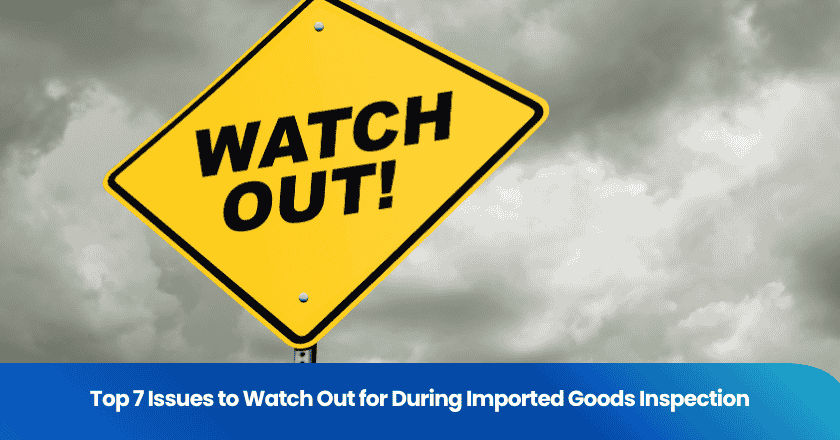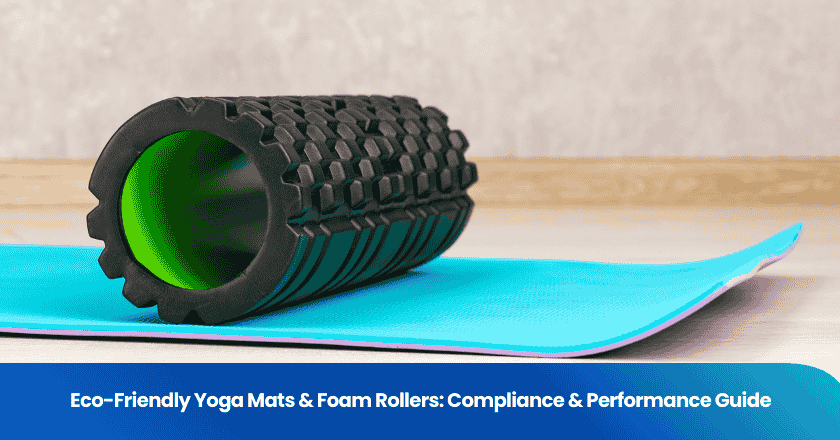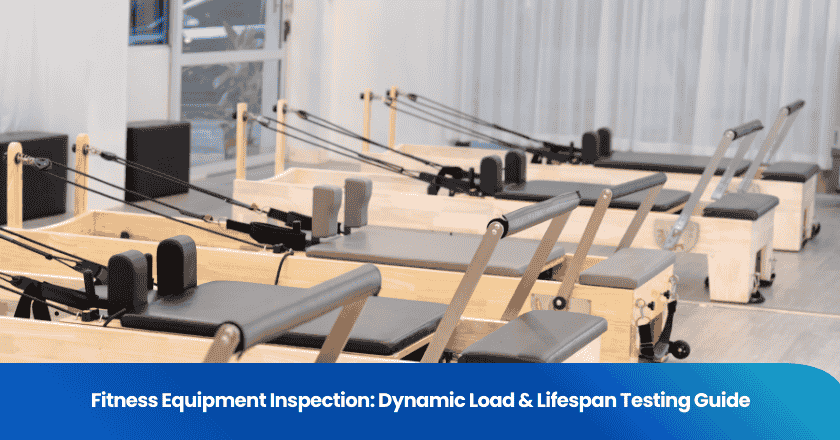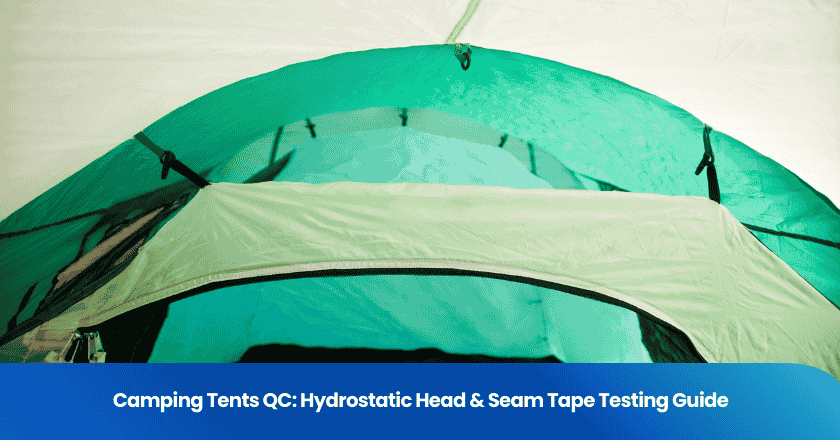
You face several challenges during imported goods inspection. The most common issues include inaccurate documentation, misclassification of goods, non-compliance with regulations, undervaluation of goods, customs clearance delays, poor communication with customs, and ignoring country-specific rules. Each of these problems can disrupt the import process, cause inspections to fail, or lead to clearance setbacks. Understanding these risks helps you avoid costly mistakes and keeps your shipments moving smoothly through customs.
Inaccurate Documentation
Common Errors
You often encounter inaccurate documentation during imported goods inspection. This issue can lead to customs delays, fines, or even shipment rejection. Many importers make common mistakes such as missing signatures, incorrect invoice values, or mismatched product descriptions. You might also see errors in shipping documentation, like incomplete packing lists or missing certificates. These documentation errors confuse customs officers and slow down the clearance process.
Tip: Customs officials rely on accurate paperwork to verify your shipment. Even a small error can trigger a full inspection.
Here are some documentation errors you should watch for:
Typographical mistakes in product names or quantities
Inconsistent information between documents
Missing or expired permits and licenses
Incorrect country of origin details
You can avoid most common mistakes by double-checking every document before submission.
Prevention Tips
You can prevent inaccurate documentation by setting up a clear review process. Assign a team member to check all paperwork before you send it to customs. Use a checklist to confirm that every required document is present and accurate. You should also stay updated on customs regulations, as requirements can change without notice.
Create a documentation checklist for each shipment
Train your staff on the latest customs requirements
Store digital copies of all documents for easy access
Communicate with your customs broker to clarify any doubts
If you spot documentation errors early, you can fix them before they cause problems. Accurate paperwork helps you move your goods through customs quickly and reduces the risk of costly delays.
Misclassification of Goods
HS Code Mistakes
You face a major challenge when you select the wrong HS code during imported goods inspection. The HS code, or Harmonized System code, determines the classification of your products for customs purposes. If you make a mistake here, you risk delays, extra duties, or even penalties. Customs officers rely on accurate classification to assess tariffs and ensure compliance with regulations.
Many importers make common mistakes by choosing codes that seem similar but do not match the actual product. For example, you might classify a plastic toy under a general plastic item code instead of the specific toy category. This error can trigger a customs investigation. You also risk paying the wrong amount of duty or missing out on trade agreement benefits.
Tip: Always double-check the product description and compare it with the official HS code directory. If you feel unsure, consult a customs expert.
Avoiding Misclassification
You can avoid misclassifying goods by following a clear process for classification. Start by gathering detailed product information, including materials, function, and intended use. Use this data to search the official customs classification database. You should also review any recent updates to classification rules, as these can change without notice.
Here are some steps to help you prevent misclassification of goods:
Create a checklist for classification review before every shipment.
Train your team on the basics of customs classification.
Keep records of previous classifications for reference.
Consult with customs professionals if you encounter unusual products.
Accurate classification helps you avoid customs delays and reduces the risk of fines. By focusing on proper classification, you keep your shipments moving and maintain compliance with all customs requirements.
Non-Compliance with Regulations
You face serious risks when you overlook regulations during customs inspections. Customs officers check every shipment for compliance with local laws. If you fail to meet these standards, you may experience delays, fines, or even shipment rejection. You must pay close attention to certifications and labeling to avoid problems.
Missing Certifications
Customs require specific certifications for many imported goods. You need to provide documents that prove your products meet safety, health, or environmental standards. Missing certifications often lead to failed security and compliance inspections. For example, electronics may need safety certificates, and food items may require health permits. Customs officers will not clear your shipment if you cannot show the right paperwork.
Note: Always check the list of prohibited or restricted items before shipping. Some products need extra certifications or permits.
You can prevent issues by preparing all necessary documents before your goods arrive. Create a checklist for certifications required by customs. Review the requirements for each product category. Consult with your customs broker if you feel unsure about the paperwork.
Labeling Issues
Poorly packaged or labeled shipments often trigger customs delays. Customs officers inspect labels for accuracy and compliance with local regulations. You must include correct product names, country of origin, and handling instructions. Incomplete or incorrect labels can result in fines or shipment rejection.
Use clear, readable labels on every package.
Double-check that all information matches your customs paperwork.
Update your labeling process to meet the latest regulations.
You improve your chances of smooth customs clearance when you pay attention to labeling. Accurate labels help customs officers process your shipment quickly and reduce the risk of inspection failures.
Undervaluation of Goods
Customs Risks
You face significant risks when you undervalue your goods during customs inspection. Customs officers check declared values to ensure you pay the correct amount of duties and taxes. If you submit a value that appears too low, customs may flag your shipment for further investigation. You risk shipment delays, penalties, or even seizure of goods. Customs authorities use market data and invoice comparisons to verify your declared value. They often request supporting documents, such as purchase contracts or payment records, to confirm accuracy.
Tip: Customs can impose heavy fines if they suspect you are underestimating duties and taxes. Always declare the true value of your goods to avoid unnecessary scrutiny.
Common customs risks include:
Increased inspection frequency for undervalued shipments
Reassessment of duties and taxes based on market value
Legal consequences for fraudulent declarations
You protect your business by understanding these risks and preparing accurate documentation for every shipment.
Accurate Valuation
You improve your customs clearance process when you provide a precise valuation for your goods. Start by reviewing your commercial invoices and ensure they reflect the actual transaction value. Customs officers expect to see consistency between your invoice, packing list, and payment records. You should avoid rounding down prices or omitting additional costs, such as freight and insurance.
Consider using a simple table to organize your valuation data:
| Item Description | Invoice Value | Freight | Insurance | Total Value |
|---|---|---|---|---|
| Product A | $5,000 | $500 | $100 | $5,600 |
| Product B | $3,000 | $300 | $50 | $3,350 |
You can prevent customs delays by keeping all supporting documents ready for review. Train your team to recognize the importance of accurate valuation. Communicate with your customs broker if you have questions about valuation rules. Accurate valuation helps you avoid penalties and ensures a smooth inspection process.
Customs Clearance Delays
Causes
You often encounter customs clearance delays during the import process. These delays can disrupt your supply chain and increase costs. Incomplete paperwork stands out as a major cause. Customs officials need accurate documentation to process your shipment. If you submit missing or incorrect documents, you risk having your goods held at the border. Miscommunication between you, your broker, and customs authorities also leads to setbacks. When instructions are unclear or information does not match, customs officers may request additional verification.
You may also experience delays if you do not respond quickly to customs inquiries. Customs clearance process requires prompt action. If you wait too long to provide requested information, your shipment remains stuck. Sometimes, missing certificates or permits slow down clearance. Customs officers must confirm that your goods meet all regulatory requirements before releasing them.
Tip: Customs clearance delays often result from small mistakes. Double-check every detail before submitting your documents.
How to Prevent
You can streamline the customs clearance process by following a few practical steps. First, prepare a checklist for all required documentation. Review each item before sending your shipment. Assign a team member to verify that every document is complete and accurate. Use digital tools to track your clearance status and set reminders for important deadlines.
Clear communication with customs officials helps you avoid misunderstandings. Respond to inquiries quickly and provide clear answers. If you notice any issues, contact your customs broker for guidance. You should also keep copies of all certificates and permits in an organized folder. This makes it easier to provide proof when customs requests it.
Consider using a simple table to monitor your clearance progress:
| Step | Status | Responsible Person |
|---|---|---|
| Documentation Check | Complete | Alex |
| Customs Inquiry | Pending | Jamie |
| Permit Submission | Complete | Taylor |
By taking these steps, you reduce the risk of customs clearance delays and keep your import process running smoothly.
Poor Communication with Customs
Common Pitfalls
You may encounter several issues when you do not communicate clearly with customs. Misunderstandings often arise when you use vague language or provide incomplete information. Customs officers rely on precise details to process your shipments. If you fail to answer questions directly, you risk delays or even failed inspections. Sometimes, you might overlook important updates from customs, which can lead to missed deadlines or additional requirements.
Common pitfalls include:
Delayed responses to customs inquiries
Inconsistent information between your documents and your statements
Failure to clarify product details or shipment purposes
Ignoring requests for additional documentation
Tip: Customs officers appreciate clear, concise answers. You build trust and speed up the process when you communicate effectively.
Effective Communication
You can improve your customs experience by adopting a proactive approach. Start by preparing all necessary information before you contact customs. Use simple, direct language when you explain your shipment details. Always double-check your responses for accuracy. If customs asks for clarification, respond promptly and provide supporting documents as needed.
Consider these steps for effective communication:
Assign a dedicated team member to handle all customs correspondence.
Keep a log of all communications, including dates and topics discussed.
Use a checklist to ensure you address every customs request.
Review your previous clearance experiences to identify areas for improvement.
You reduce the risk of delays and complications when you maintain open lines of communication. Clear and timely responses help customs officers process your shipments efficiently. This approach supports a smoother clearance process and minimizes the chance of inspection failures.
Ignoring Country-Specific Rules
Regulation Differences
You face unique challenges when you import goods into different countries. Each country enforces its own set of import regulations. These rules can cover product safety, labeling, packaging, and customs bond requirements. If you ignore country-specific regulations, you risk shipment delays, fines, or even confiscation of your goods. Some countries require special permits for certain products. Others demand specific documentation or certifications. You must research the rules for every destination before you ship.
Note: Customs authorities expect you to know and follow their local regulations. Failing to do so can stop your shipment at the border.
Compliance Steps
You can avoid costly mistakes by following a clear process for compliance. Start by creating a checklist for each country where you plan to import goods. List all required documents, permits, and certifications. Review the latest updates to import regulations before every shipment. Consult with customs professionals or legal experts if you feel unsure about any requirement.
Research the import rules for your target country.
Prepare all necessary paperwork in advance.
Double-check your checklist before shipping.
Keep records of all communications with customs officials.
You improve your chances of smooth customs clearance when you stay organized and informed. Proactive planning helps you meet every requirement and avoid unnecessary delays.
You improve your chances of a smooth imported goods inspection when you address these seven issues. Careful preparation and attention to detail help you avoid failed inspections and costly clearance delays. Use checklists for every shipment and seek expert advice when needed. Take action now to strengthen your process and keep your goods moving efficiently.
FAQ
What documents do you need for imported goods inspection?
You need a commercial invoice, packing list, bill of lading, and any required permits or certificates. Customs may also ask for product-specific documents. Always check the latest requirements for your destination country.
How can you speed up customs clearance?
Prepare all documents in advance. Double-check for accuracy. Respond quickly to customs inquiries. Use a checklist to track your progress. Good organization helps you avoid delays.
What happens if customs finds an error in your paperwork?
Customs may hold your shipment, request corrections, or impose fines. You must fix errors quickly to avoid longer delays. Accurate paperwork reduces these risks.
Why is correct HS code classification important?
Correct HS code classification ensures you pay the right duties and meet regulations. Mistakes can cause delays, extra costs, or penalties. Always verify your product’s code before shipping.
Grow your business with TradeAider Service
Click the button below to directly enter the TradeAider Service System. The simple steps from booking and payment to receiving reports are easy to operate.



